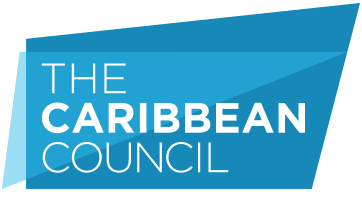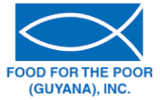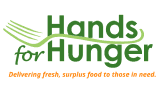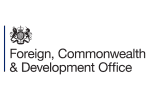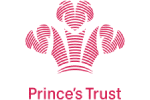Photo by Jeremy Bezanger
Cuba’s Ministry of Tourism has said that, as of 15 November, the country will gradually reopen its borders to international tourism. It is doing so, the Ministry said, on the basis that, by then, more than 90% of Cubans will have been vaccinated, and a high percentage of travellers from its principal source markets will be fully vaccinated.
The Ministry said that, as of that date, Cuba will relax its stringent hygiene-health protocols on all arrivals and focus instead on symptomatic patients, monitoring temperatures, and on random testing.
Speaking on the television programme Mesa Redonda, the Minister of Tourism, Juan Carlos García, said that the decision had been collegiate and based on several factors. These included, he said, the government’s decision to vaccinate the entire population, a recent acceleration in national vaccination rates to between 150,000 to 200,000 doses daily, and the high percentages of the population of those vaccinated in Cuba’s principal source markets, Canada, France, the UK, Germany, and Spain.
This, García said, would enable Cuba to restart the country’s tourism economy, providing benefits to many sectors of the Cuban economy, but would, as opening proceeded, require constant “analysis, seriousness, and responsibility”.
Speaking about the sector’s economic importance to the Cuban economy, the Minister noted the strategic and dynamic role it played. Observing that more than 75% of the purchases tourism now makes are from national industries, he said that reopening will require “industries prepare for November, not just conclude contracts”. Stressing this meant them not substituting alternative products, he said that supplies to the tourism sector must be produced with quality.
During the course of his presentation, he made clear that restarting the industry would be complex. Although investment in tourism facilities and plant had been maintained, he said, only 55,832 workers in the sector out of 111,033 remained actively engaged in tourism, and many had been reassigned to work in other centres, including hotels redesignated as paediatric and maternity hospitals.
Some 42% of other workers, he said, had been relocated or furloughed from the sectors that produce goods and services for tourism, and many non-state sector workers linked to tourism were engaged in other activities.
García emphasised the importance of workers in the non-state sector linked to tourism also returning to work in the industry. “It must be said that non-state activity is today a fortress of destiny for Cuba. They also have to be informed in advance, so that they can rescue their workforce”, he said.
Speaking about the way visitor arrivals will be addressed from mid-November on, the Minister stressed that the protocols on arrival that have been implemented in tourism since the beginning of the pandemic will not be made more flexible, but rather reinforced. What will change, he said, will be visitor mobility.
“One of our greatest strengths in terms of tourism is the contact with the people — friendly, supportive — which makes a difference as a tourist destination, as well as the hygienic-sanitary security incorporated since the beginning of the pandemic”, he told television viewers.
Speaking on the same programme, María del Pilar Macías, the Ministry’s Director General of Tourism Operations and Quality, said that all hotels and tourism facilities in the state and non-state sector will be inspected prior to reopening to assure they meet hygiene protocols and standards. In addition, physical distancing with the help of signage in common areas will be encouraged, open areas will be used for entertainment activities, and there will be a reduction in the capacity of restaurants.
She also noted that some 45,000 tourism workers had already been vaccinated and the immunisation process prioritised in Guardalavaca and Trinidad tourism poles, adding that workers in the sector will be prioritised for third booster doses.
Macías emphasised that, after arrival, the visitor focus will be on monitoring symptoms, taking
temperatures, and random diagnostic tests. If a client is positive, she said, then they will be transferred to a hotel-hospital tourist facility authorised by the Ministry of Tourism and the Ministry of Public Health for isolation and medical care. She also noted that all tourists will require a vaccination certificate on arrival, while unvaccinated visitors will have to present the negative result of a PCR test carried out within 72 hours before their arrival.
During the broadcast, Cuba’s Tourism Minister said that among the other priorities will be the recruitment of a full workforce and the search for inputs. García made clear that the approach will be to gradually restart tourism facilities in specific locations. Using the example of Varadero, he said that the Ministry will then proceed to providing services elsewhere in the province of Matanzas, and adopt the same procedure in other territories when the epidemiological situation allows it.
“We want to relaunch the country not only as a sun and beach destination, but also to ensure that the motivation to travel to Cuba has a cultural component. For this we are already working with other ministries that can contribute a lot to that purpose ”, he told Mesa Redonda’s viewers.
Under the new approach approved, vaccination certificates from countries of origin will be recognised. The domestic tourism market will also begin to open gradually based on the epidemiological indicators in each province. Restrictions on the quantity and weight of luggage brought in by visitors arriving at Varadero and Cayo Coco have been removed.
The Caribbean Council is able to provide further detail about all of the stories in Cuba Briefing. If you would like a more detailed insight into any of the content of today’s issue, please get in touch.
